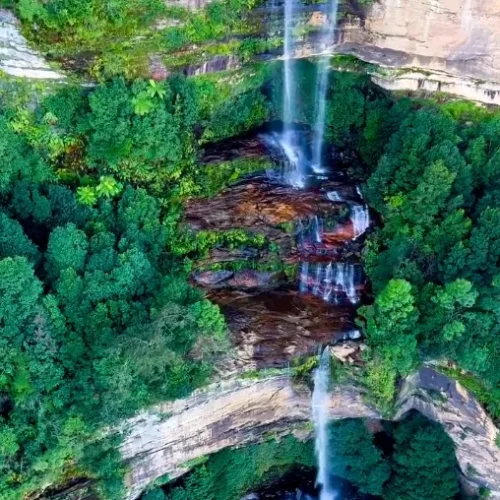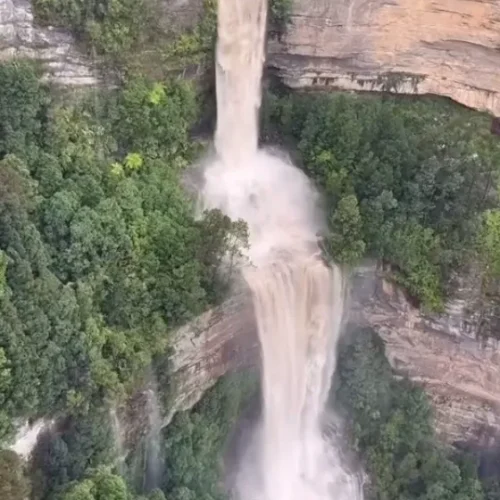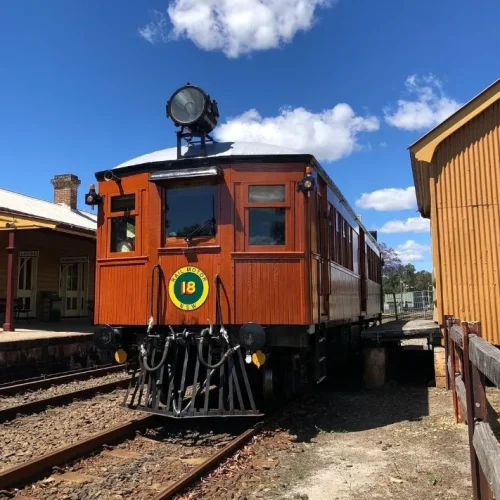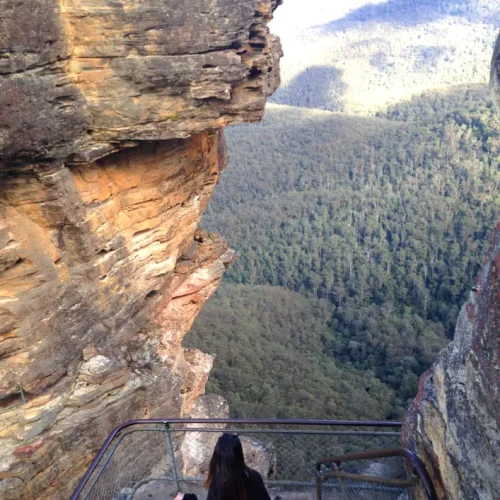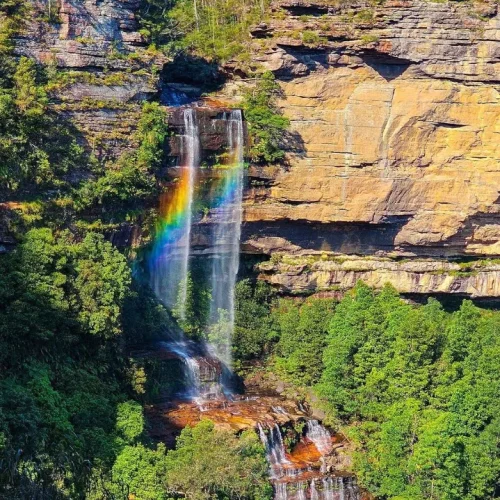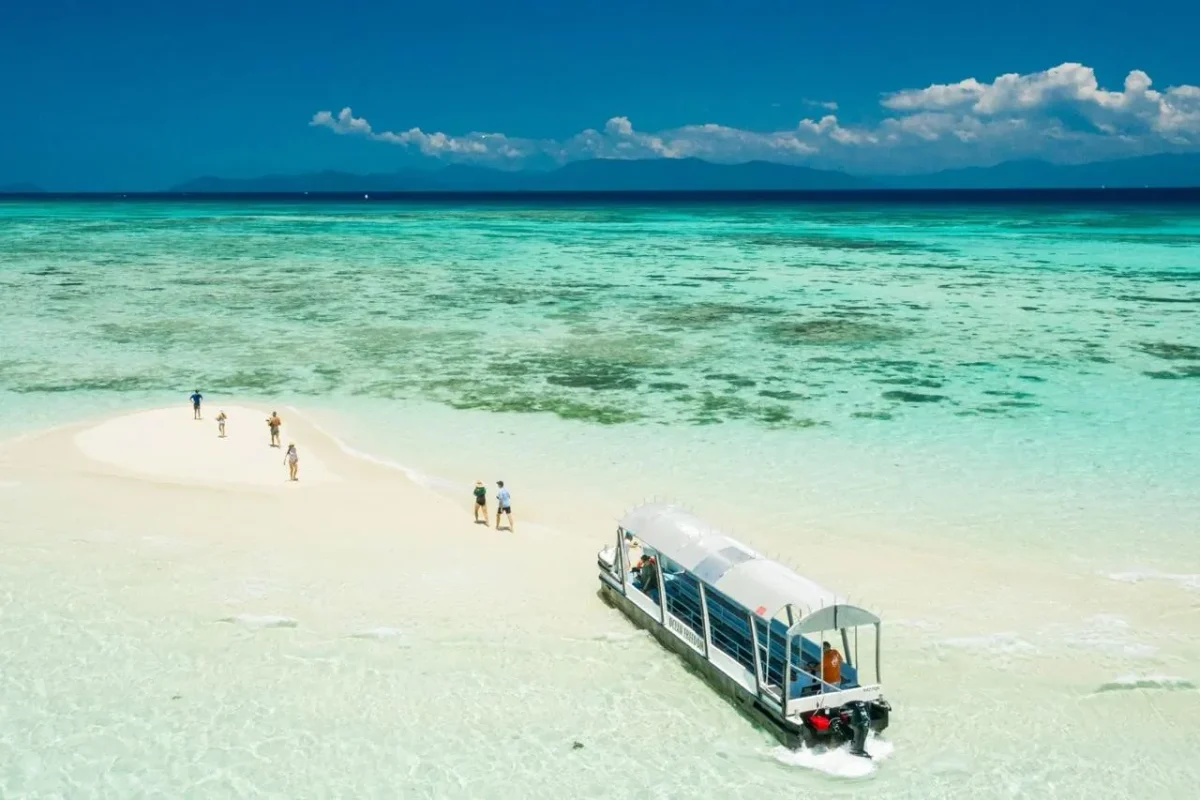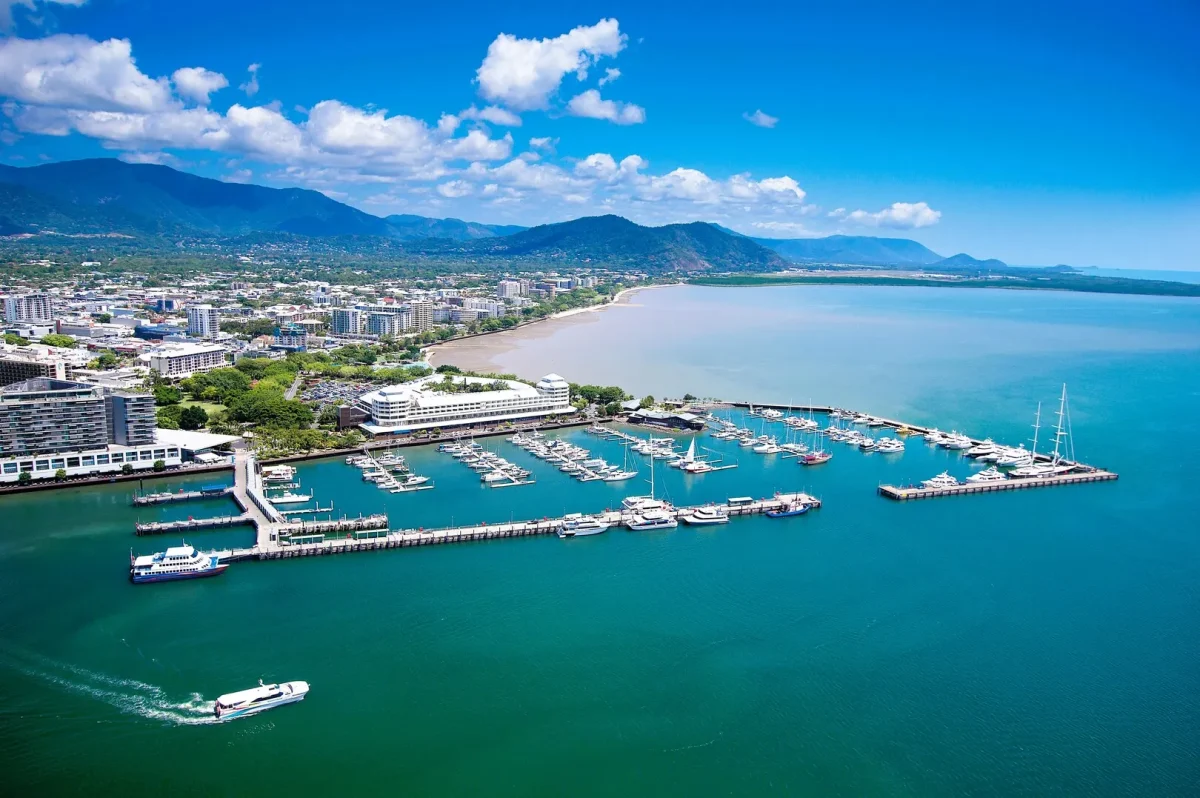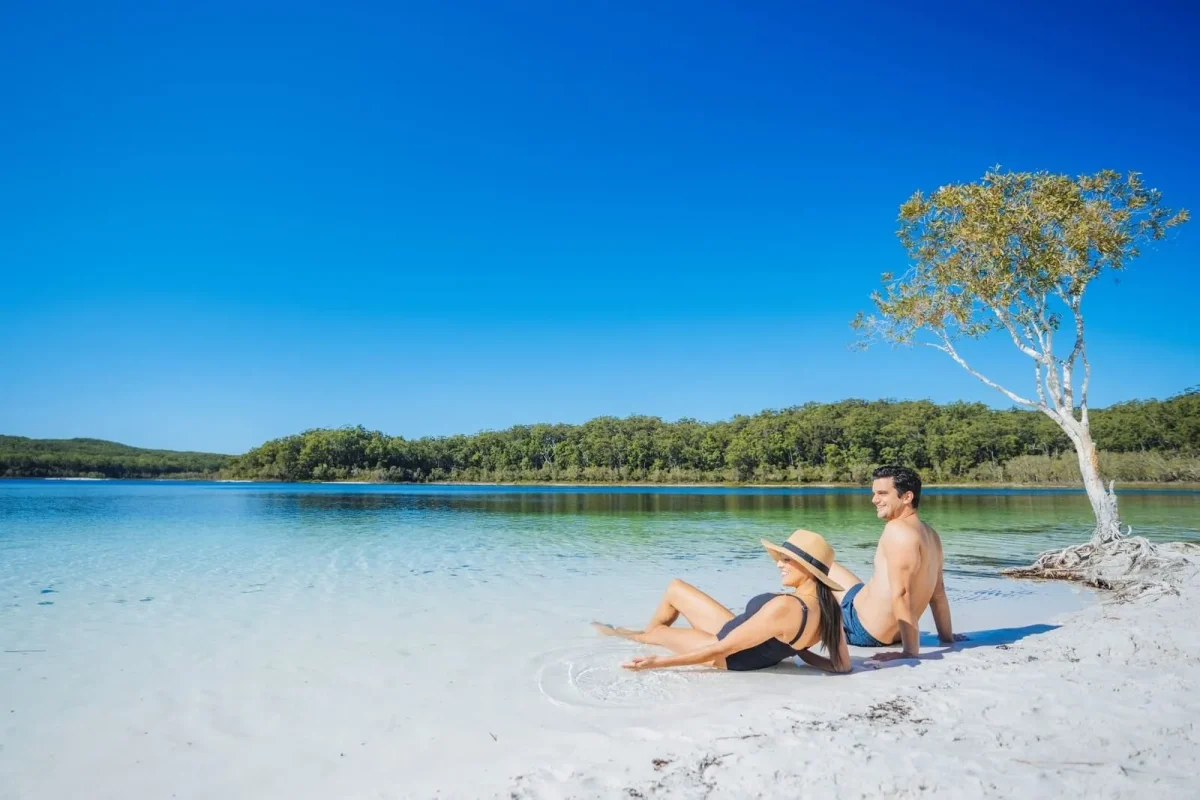
What is the best time visit Blue Mountains?
What could be better than visiting a World Heritage site close to the city centre? Although this region can be visited all year round, the best time to visit the Blue Mountains is when the temperature is not scorching and frosty. In other words, September and October, the spring months, are the ideal time to enjoy the area.
Summer Climate (December to February)
The summer months in Australia start in December and last until February. The average temperature in summer is between 22 and 30 degrees Celsius. The Lower Blue Mountains tend to have a warmer climate in summer, which can sometimes double the average summer temperature. For example, in the summer of 2020, Penrith, a local government unit, recorded 40 degrees Celsius for several days, according to the Bureau of Meteorology.
For those who can’t stand the cool temperatures, the ideal time to visit the Blue Mountains might be summer. Without a doubt, the summer months are the busiest in this region. But the gorgeous weather and plenty of outdoor activities make it a perfect time to travel. So go hiking, camping, walking and picnicking to make the most of the summer months.
We recommend booking a hotel a few months in advance to avoid last-minute disappointments and reduce booking costs.
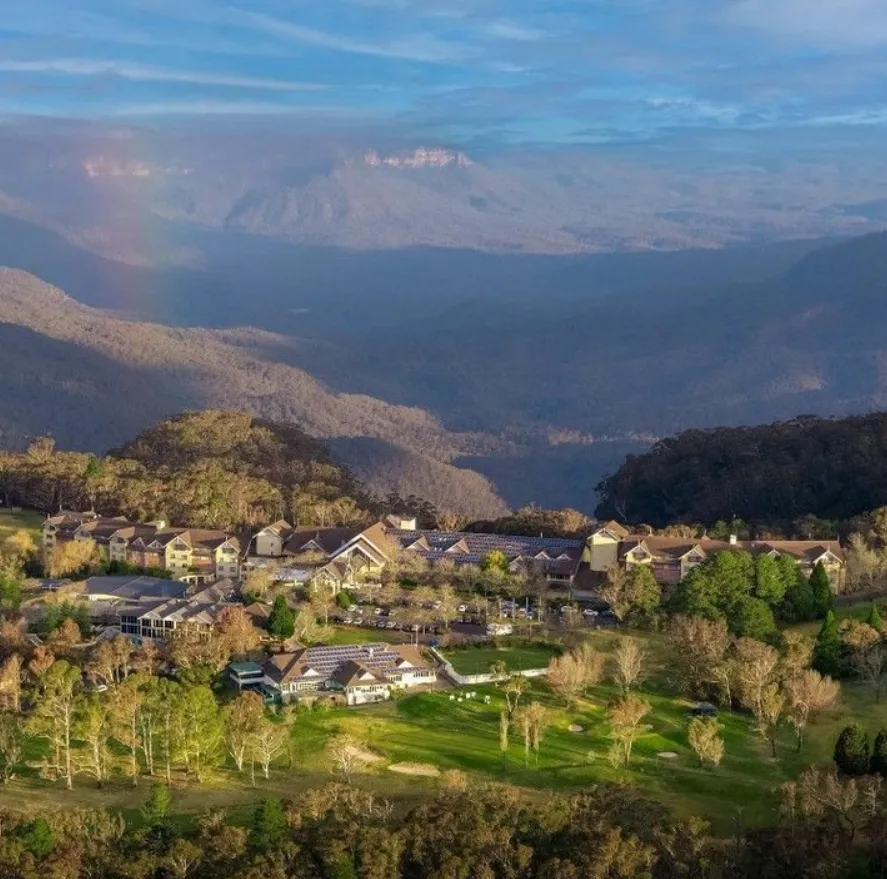
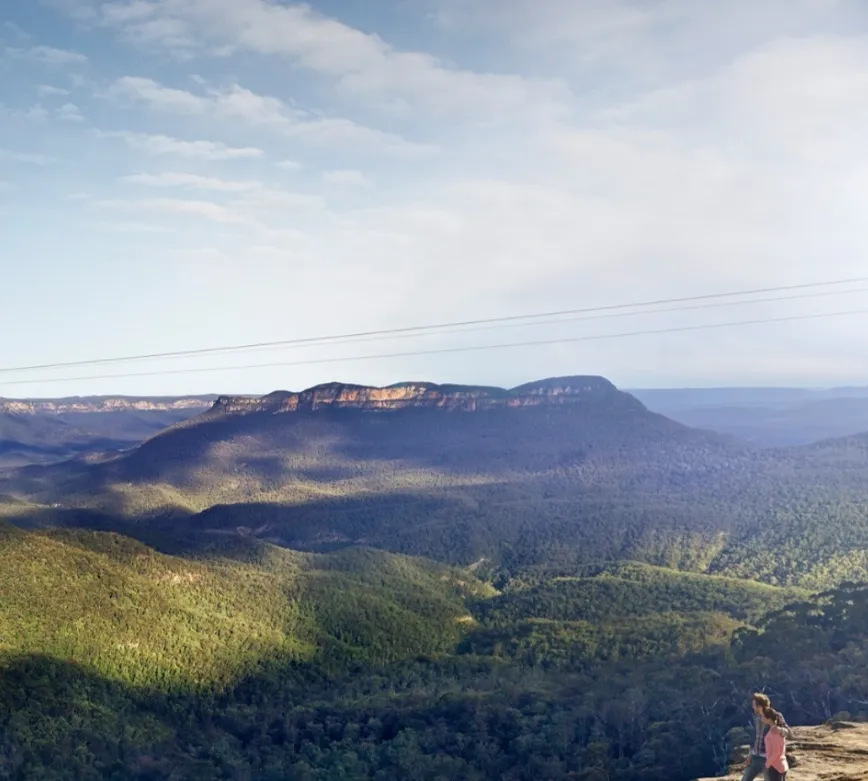
Autumn months - March to May in the Blue Mountains
In Australia, these months are cooler (than summer) and wetter. The average temperature is between 18 and 29 degrees Celsius. It’s one of the best times to visit the Blue Mountains to see the magical autumn when the leaves turn a warm orange-red colour. Our favourite spots are Mount Wilson and Wentworth Falls, where you can see a cornucopia of autumn colours. If you’re taking a day trip to the Blue Mountains from Sydney, quickly stop at the Sinclair Crescent Tunnel of Trees.
Temperatures drop, days become more relaxed, and less rain creates ideal conditions for hiking adventures. However, the autumn months are the second most popular among tourists. So expect to see crowds of people left and right.
Summer attractions
You can see the enchanting Blue Mountains tour from Sydney, just 50km west of the city. Dinosaur Valley, located near the Blue Mountain Scenic Byway, is a major attraction during summer. Here, you can see life-size dinosaurs, including a Tyrannosaurus, Triceratops and Stegosaurus, and tickets start at $49.90 for adults.
Top autumn attractions in the Blue Mountains
Winter - June to August
The average temperature in the Blue Mountains during winter hovers around 5 degrees Celsius, providing pleasant weather for outdoor activities such as camping. This is also the season with the least rainfall (2-5 days per month). The winter months can be the best time to visit the Blue Mountains if you love snow, bonfires, Christmas markets and the festive spirit. Blackheath and Mount Victoria are well-known places for early snowfall. If you’re heading to the Three Sisters in winter, check out Katoomba’s Melrose Park for a winter wonderland.
Don’t forget that winter can be freezing and foggy, making roads slippery and hiding panoramic views of the Three Sisters and Echo Point, among others. June is also the wettest month and should be avoided if you don’t like rain.
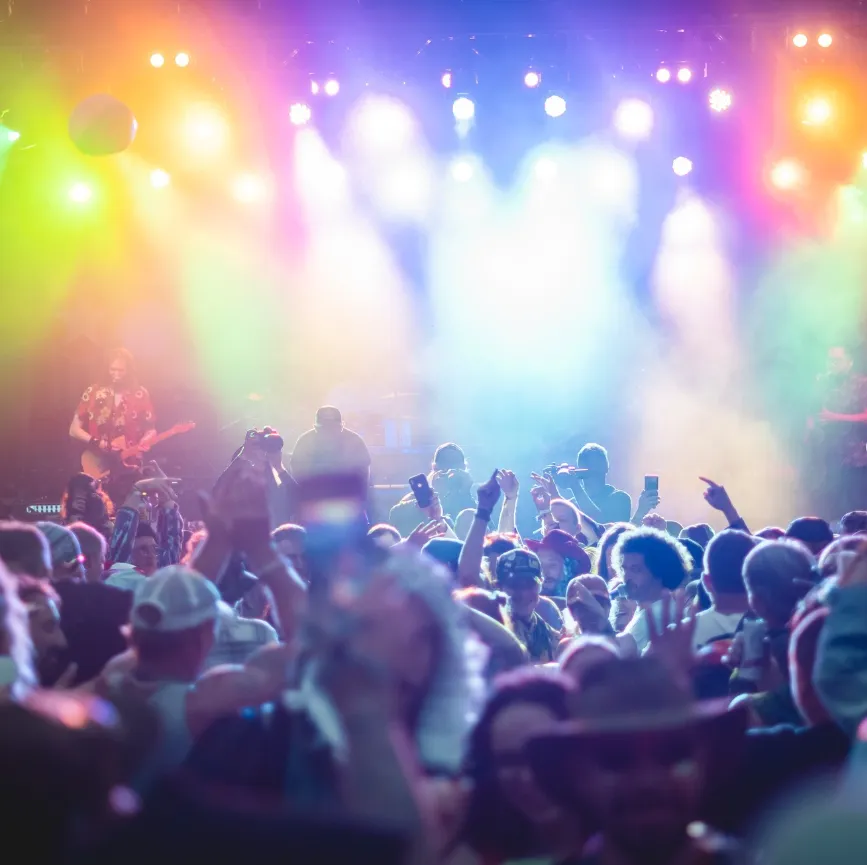
Winter festivals
Yulefest
Yulefest is a key event that brings the spirit of Christmas and winter fun to the Blue Mountains. It is celebrated in July when the region’s best hotels are decorated with lights and Christmas trees. Enjoy fabulous music and sumptuous food, and who knows, you might even meet Santa Claus.
Winter Magic Festival
The Winter Magic Festival takes place in Katumba in June. During this festival, the entire region of Katumba is covered in music and celebrations. The whole city turns into a stage, and the main streets are closed to traffic and open to pedestrians. You may also participate in the Winter Magic Festival.
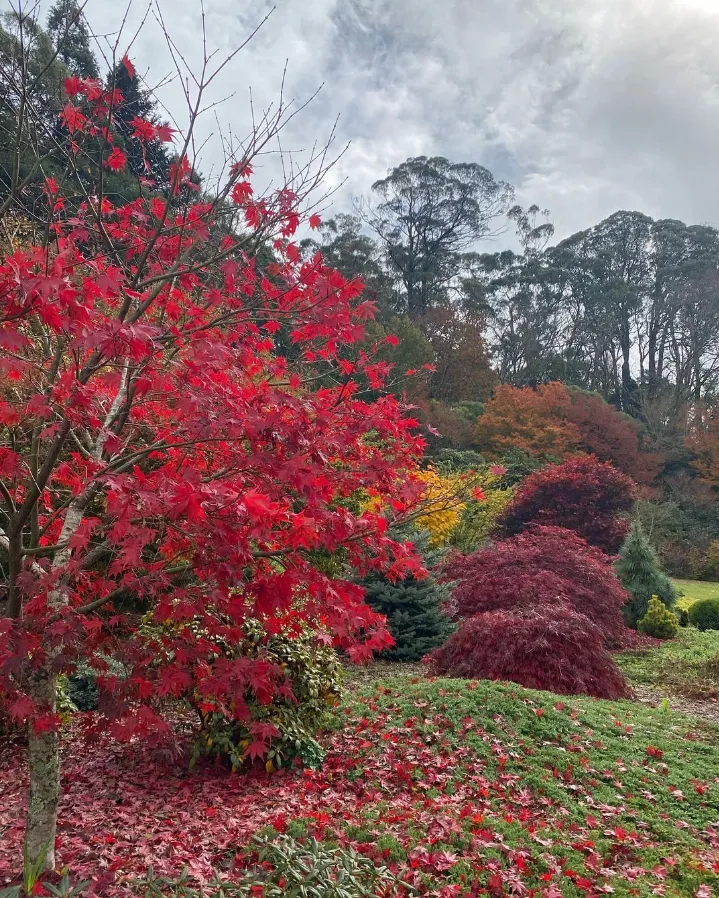
Mount Wilson Spring Garden Festival
This annual spring celebration takes place in September. The festival features eight local gardens: Beasley, Brynhold, Carmarthen (Saturday only), Hawthorn Hill (Sunday only), Merry Hart, Nuru, Sefton Cottage and Whitcomb.
Spring in the Blue Mountains, New South Wales
Spring (September to November) is Australia’s most popular tourist season. Spring offers a temperate climate, ideal for spending long hours outdoors. The temperature during this season ranges between 28 and 20 degrees Celsius, and it rains for 2 to 7 days.
This is the perfect time to immerse yourself in the beauty of nature. During this season, the Blue Mountains remain covered with thousands of cherry blossom bulbs and trees. The best places to visit in spring are Mount Tomah Botanical Gardens, Katumba, Leura and Blackheath.
If you are adventurous, spring may be the best time to visit the Blue Mountains. This is also when the main outdoor activities such as rock climbing, hiking, mountaineering, swimming and cycling are organised.
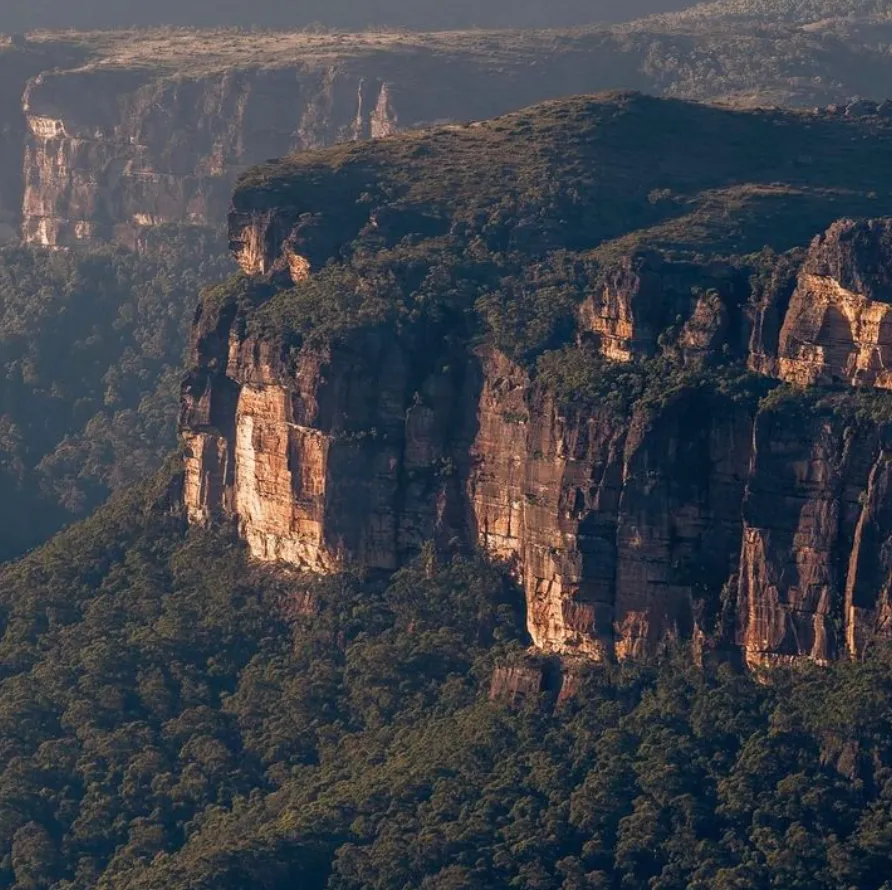
Main attractions
Spring in the Blue Mountains is synonymous with colourful flowers and outdoor activities. Here are some of the main attractions to discover during this season.
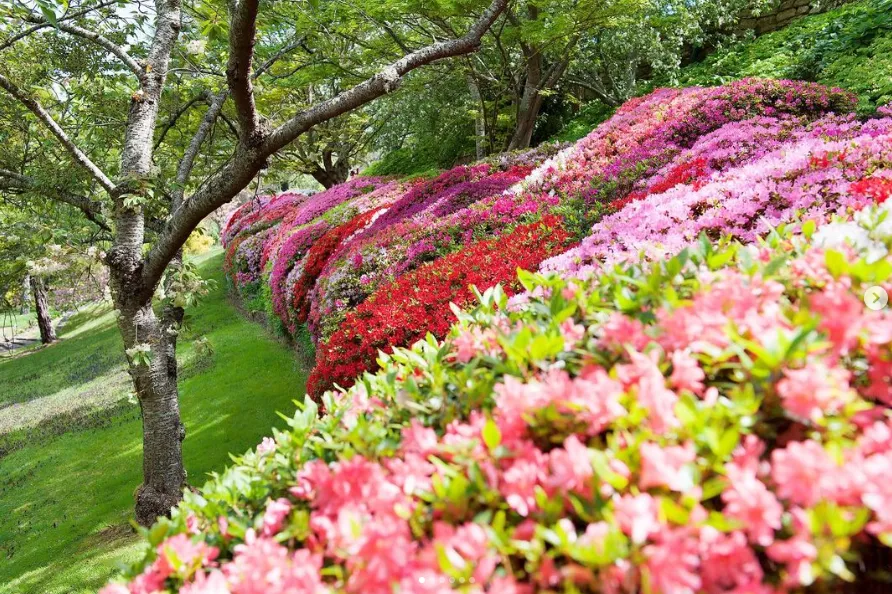
Leura Gardens Festival
One of the main key attractions of the Blue Mountains in spring is the Leura Gardens Festival. It takes place every year in October. The Leura Gardens Festival is the perfect time to enjoy the essence of spring in the Blue Mountains. The cherry blossoms are the Leura Gardens’ main attraction and peak between September and October.
Campbell's Rhododendron Garden
Another springtime nearby attraction in the Blue Mountains with fantastic views is the Campbell Rhododendron Garden. This garden is located in Blackheath and offers rhododendron bulbs, azaleas, peonies, lilacs and other exotic species. You can expect this place to be covered in enchanting colourful flowers. So don’t forget to bring your camera and take some of the most beautiful flower photos you’ve ever seen.
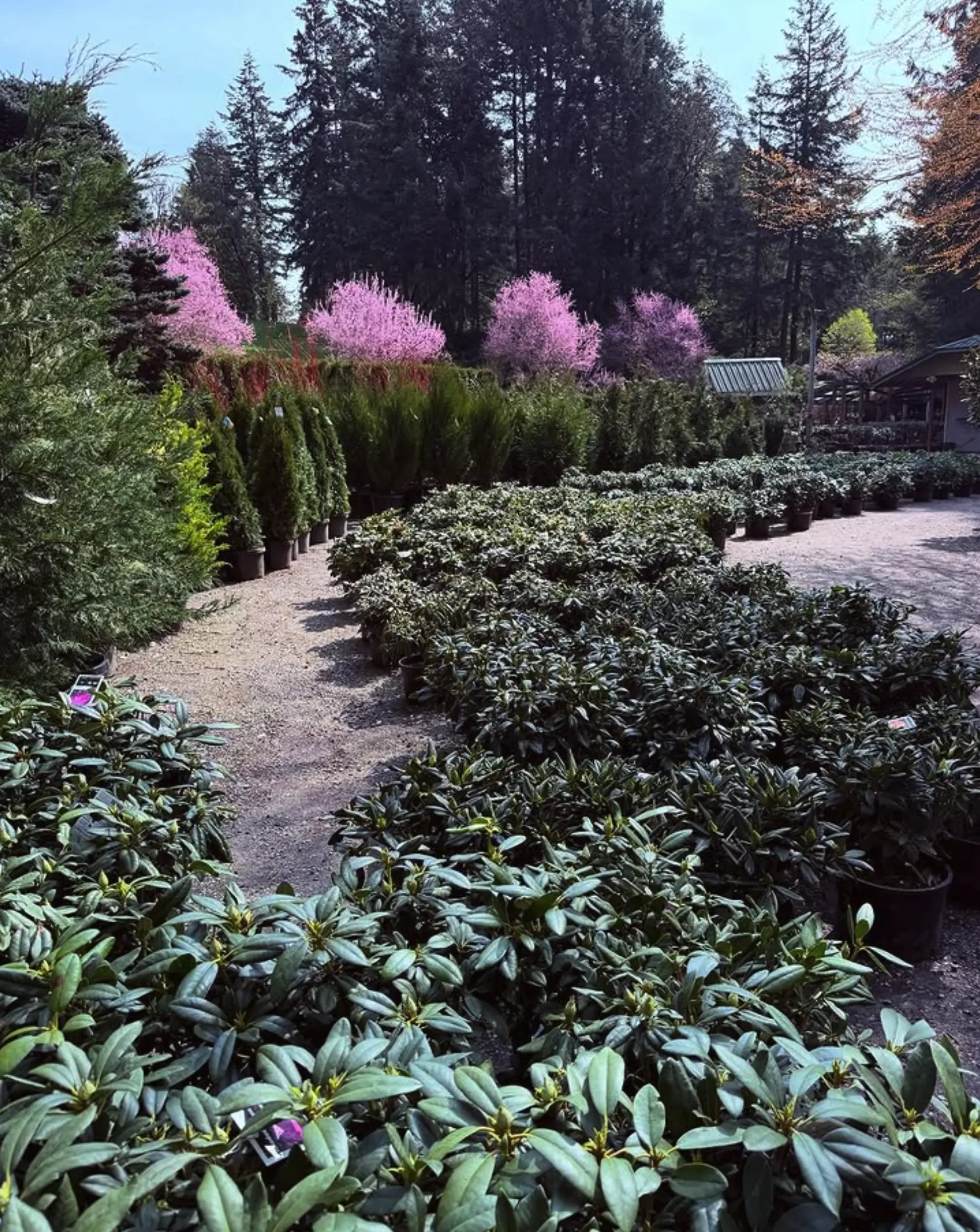
FAQ
When is the best time to visit the Blue Mountains?
September and October (spring) offer mild temperatures, blooming flowers, and ideal outdoor conditions.
What is summer like in the Blue Mountains?
From December to February, expect warm weather (22–30°C, sometimes hotter) and peak tourist crowds, perfect for hiking and outdoor activities.
Is autumn a good time to visit?
Yes — March to May brings cooler weather, colourful foliage, and excellent hiking conditions, though it’s the second busiest season.
What can I expect in winter?
June to August is cold (around 5°C) with less rain, occasional snow, and festive events like Yulefest and the Winter Magic Festival.
What makes spring so popular?
Spring (September–November) has pleasant weather, cherry blossoms, and major events like the Leura Gardens Festival.

